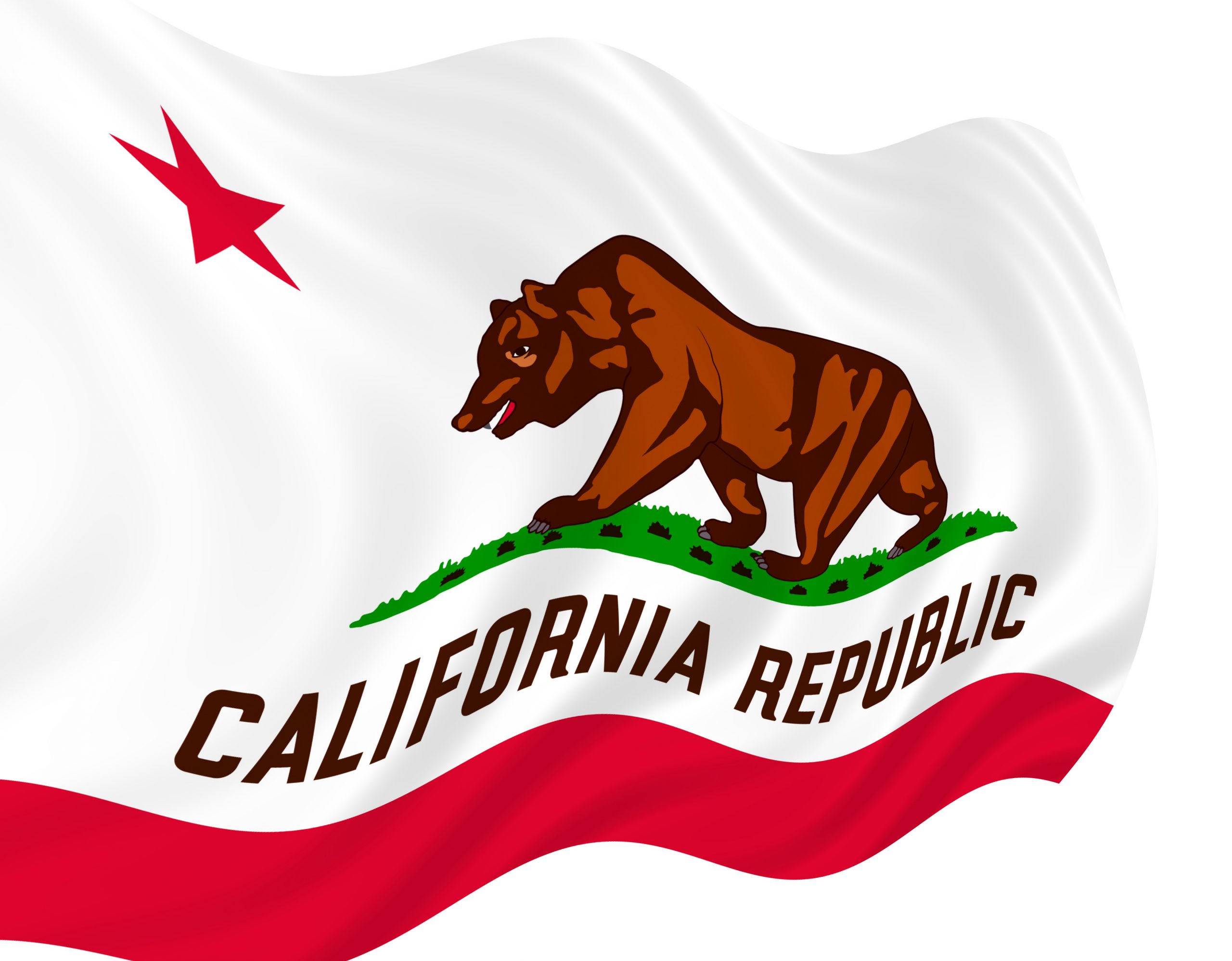If there was one constant in the national media coverage of Super Tuesday, it was criticism of California’s election system.
More than one observer commented on the fact that California’s heavy use of vote-by-mail ballots meant that hundreds of thousands of ballots were cast for candidates who had dropped out by Super Tuesday.
There were many reports about voters who had previously submitted their vote by mail ballot but wanted to change their vote. Under our current law, elections officials responded with a refrain from a popular board game – Sorry!
As of March 10, the Secretary of State’s office reports that Pete Buttigieg won about 225,000 votes or 5.2 percent of the vote. Amy Klobuchar received around 114,000 votes or 2.6 percent. Currently, the difference between Joe Biden and Bernie Sanders is roughly 305,000 votes. Imagine how different the presidential race would have been in California had those voters followed the lead of their candidates and switched allegiance to Joe Biden.
The biggest mess was observed in Los Angeles County. Super Tuesday was the first election the county held as part of the “California Voter’s Choice Act.” According to the Secretary of State’s office, “traditional polling places are replaced by vote centers . . . (where) voters will have the freedom to cast a ballot in-person.” The vote centers opened 10 days before the election, with additional centers opened the weekend before the election through Election Day.
There were 15 counties in California that ran their elections under this new model on Super Tuesday. Most reported few – if any – problems. It was a far different story in Los Angeles County.
According to the Los Angeles Times, “inadequate staffing, poor communications and balky technology turned election day in Los Angeles County into an anxious quagmire for many voters.” Worse, “voters reported waiting four hours and longer in some locations to cast their ballots (and) some bounced from one poling place to the next, searching in vain for shorter lines.” The county reportedly spent $300 million on this new system.
Secretary of State Alex Padilla wrote a blistering letter to Los Angeles County registrar Dean Logan last week, characterizing the debacle as something “which could have been avoided.” In particular, Padilla criticized Logan for not mailing a vote by mail ballot to every county voter, as the other Voter’s Choice Act counties did. “I am calling on your office to take the necessary steps to mail every registered voter a ballot 29 days” before the November election, he wrote.
In some sense, we should have expected this chaos. I’ve written multiple times on Right by the Bay about how partisan changes enacted in recent years have undermined fair elections in California. The national criticism of the chaos these changes have triggered is much-deserved.
It’s also embarrassing that California, the epicenter of American innovation, takes more than a month to count its ballots and determine the final outcome of elections. If other states can count nearly all of their ballots on Election Night, why can’t California?
This myriad of recent changes – including the Voter’s Choice Act, same-day voter registration, and allowing ballots to be received 72 hours after the election – are undermining confidence in California’s fair elections process. A pre-election poll form the USC Price School of Public Policy and the USC Schwarzenegger Institute found that nearly one in five likely voters were initially not confident that their ballot would be counted as intended.
But this won’t stop Democrats in Sacramento from passing even more changes to our elections process. Following the results in Assembly District 38 – as of this writing two Republicans are advancing to the general election and shutting out Democrats in a perennial swing district – expect to see an effort materialize to try and repeal the Top 2 primary. Meanwhile, Sen. Tom Umberg has proposed moving the primary back to June in mid-term elections, while keeping the March primary for presidential years.
One thing is certain from all of this election uncertainty – expect more long lines and more problems at the polls in California in November.
Tim Anaya is the Pacific Research Institute’s senior director of communications and the Sacramento office.


